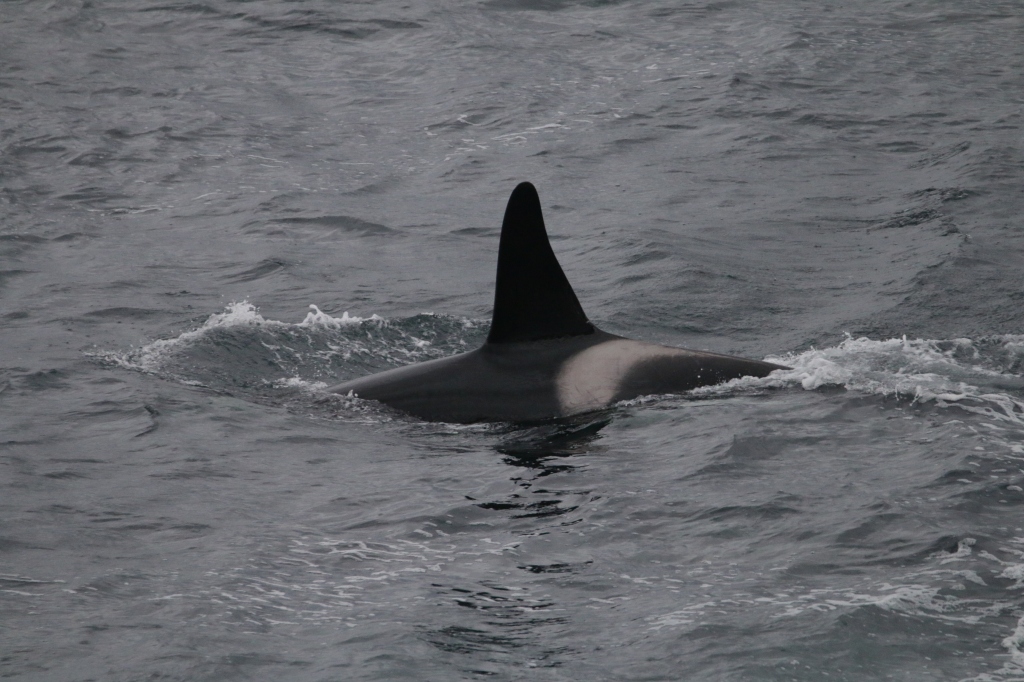Killer whales carry natural markings and scars in the grey ‘saddle’ patch behind the dorsal fin. Similarly, harbour seals have unique colour patterns on their pelage. Photo-identification uses such characteristics to track well-marked individuals over time. Repeat ‘captures’ of individuals by camera can be used to estimate the total number of animals in a population, survival and birth rates. Photos can also reveal social structure, i.e. which individuals are photographed together more often.
Andrew Scullion, Hugh Harrop, Karen Munro, Steve Truluck and Andy Foote in collaboration with many contributors have put together the photo-identification catalogue of killer whales in Scotland. The catalogue was published and made freely available in 2021; for more info, check out the Facebook page of Orca Survey Scotland.
Please share good quality photographs and any identifying information when reporting your observations. You can also share photos and sighting information on Facebook, such as Orca Survey Scotland and Shetland Orca Sightings where experienced observers can help match individuals from your photos. Using these social media sighting data, Andrew Scullion @orcasurveyscotland has been able to map individual movements.



Members of the 64s in Brough, Caithness, in June 2022
